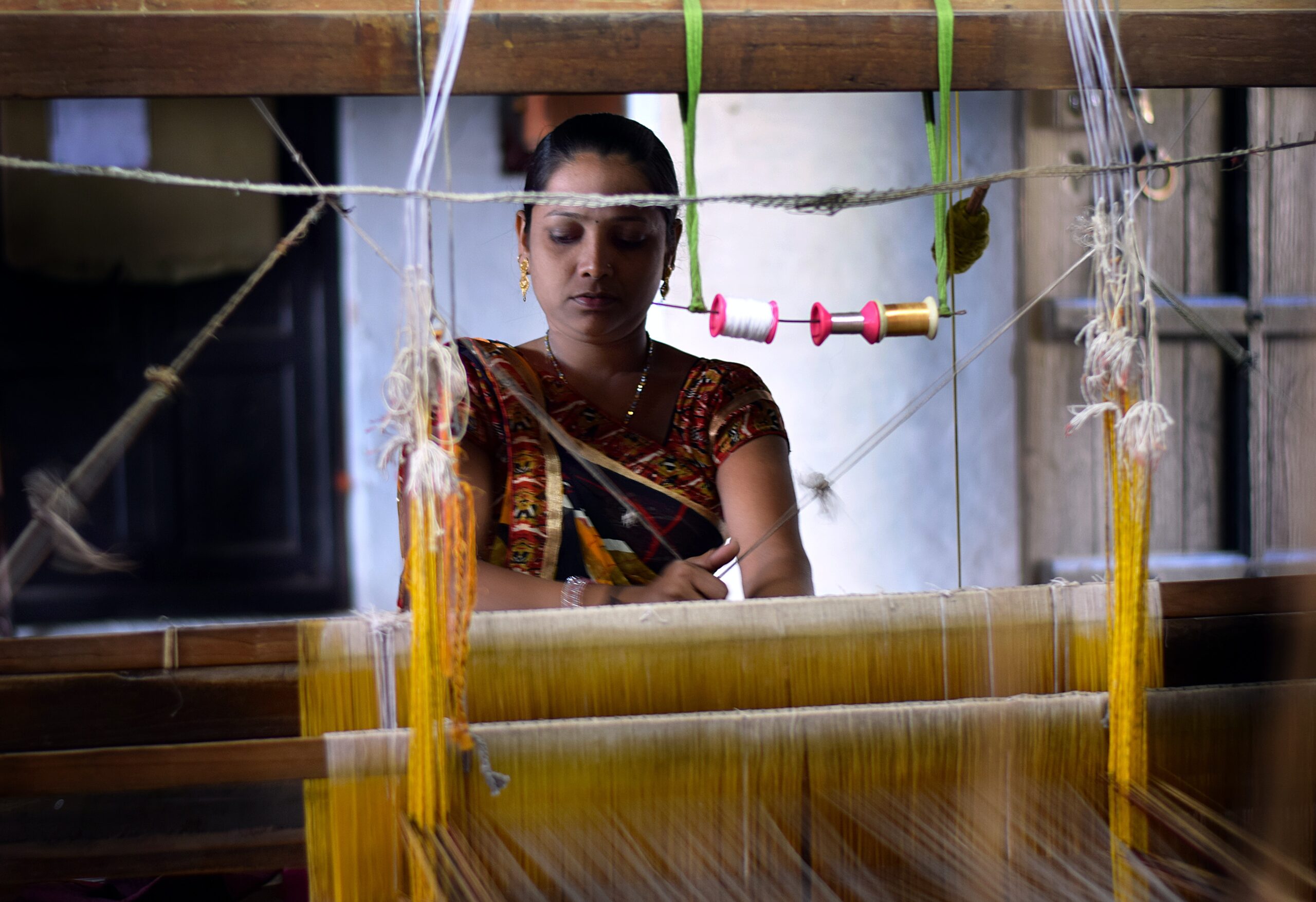Rtefacts: Hands that hold tradition
Our search for the tradition began with the planning of a road trip to Kutch. No, actually! The focus was clear, take a long drive onto the highways. venture into the hinterlands and maybe visit a few hamlets that still hold on to their craft. Yes, that was the idea. It all changed, however, once we took the offshoot of the highway and rattled along the bumpy roads to our destination. The change of scenery brought a change of perspective as our senses began to get used to the scent of fresh countryside air. As we rolled into one of the smaller illages one early March morning, the first thing that hit us was the aroma of early morning tea, lovingly being poured by a street vendor. and that’s where it all changed. Breaking the morning’s silence was the soft tinkling of bells, the obvious sound of an approaching herd that grew louder with the rumble of footsteps and the bleating of a flock of goats, and then came a herd of magnificent long-horned Kankrej cows, their bells louder than the others. It is only later that we learned that this too is the unique heritage of the Lohar community of Kutch, a Sindh tribe that has perfected the art of harmonics in their bells. For ages, this community has forged bells that emit a distinct sound that helps differentiate the animals that graze. The copper bells are forged by unique processes and each is handcrafted to give it its unique sound.
Later, our explorations took us towards Central Gujarat to Surendranagar where we discovered the art of Tangaliya weaving. Unique and found only in this district this art is confined to a few craftsmen only. Handed down for about 700 years Tangaliya is a hand-woven textile craft that displays seamless patterns in making shawls, dupattas, dress materials, and other products of home accessories. The process was explained and demonstrated to us by Ramjibhai a generational weaver, who unraveled reams of fascinating work and regaled us with tales of the craft over endless cups of sugary tea. Perhaps the greatest advantage of being an arty traveler with a motive is that it gives you a chance to contribute to the exquisite crafts and their preservation. Our venture does both, helping our patrons to discover the lost art for themselves and also empowering the artisans through economics. Our artisans are our national treasure, guardians of culture and heritage that have taken the art forward. Most rural people still survive on their artistic jobs, and India still succeeded in maintaining its craftsmen, its art as well as its crafts. So check out some of the top handicrafts and indigenous art of India that are a must-buy on our site(www.rtefacts.com).
– Founder & CEO, Ruchira Choudhuri


Leave a Reply